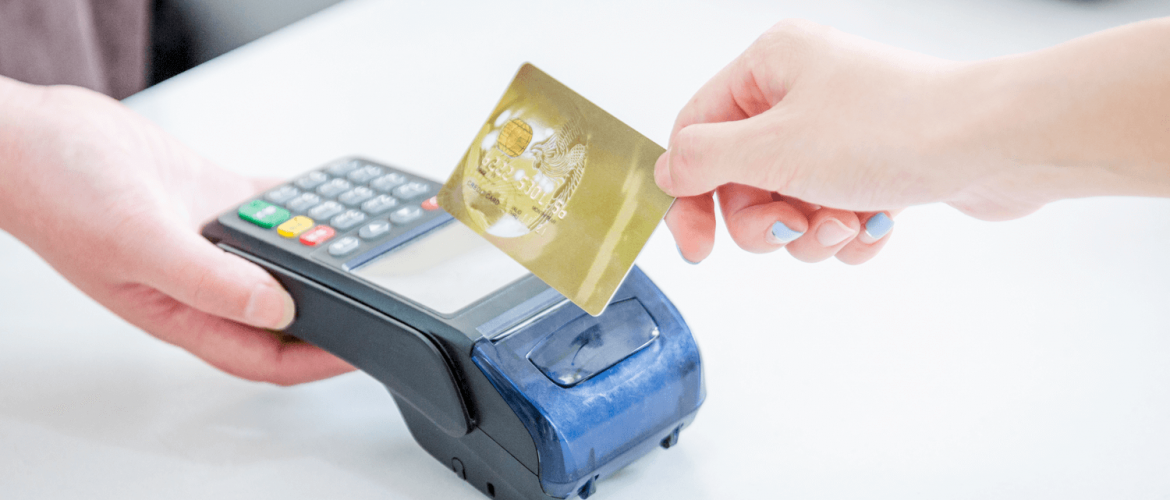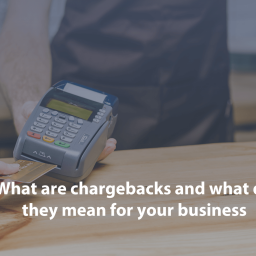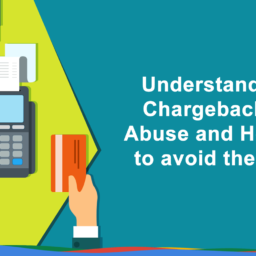
Before going into a detailed discussion about credit card chargeback. Let us first understand the term ‘chargeback’. Chargeback is basically a protection or security provided by the credit card. Issuing bank to its customers (credit card holder). That facilitate/permit the customer to file a complaint against fraudulent transactions on their card statement. Once the complaint is filed, issuing bank investigates the matter and takes action according to the outcome of the investigation.
How do Chargebacks Work?
Once the complaint is filed against a fraudulent transaction, issuing bank investigates it. If the complaint filed against the merchant is proved to be false, the complaint is dismissed but in case it is proven correct, the issuing bank refunds the exact amount paid by the buyer to make the purchases. Now, the merchant not only loses the product and its value but also have to pay a chargeback fee.
For every chargeback filed, a merchant has two options: either to accept the chargeback or fight it. If the merchant chooses to dispute the chargeback, he needs to provide proof to ensure the legitimacy of the transaction. A chargeback fee will be charged in any case, irrespective of the outcome of the chargeback dispute.
![]()
Email us anytime!
Email customer service 24/7
![]()
Call us anytime!
Reach customer care 24/7 at +1 (888) 901-8653
The Cycle of Chargebacks
If a merchant chooses to accept payments via credit card, it becomes very important for him to understand the process of chargebacks. Chargeback process is not as simple as it may seem and might take 1-6 months to complete. Steps involved in a typical credit card chargeback are:
1. The buyer files a complaint with its bank.
2. It is then processed by issuing bank to obtain credit from the merchant.
3. The validity of the chargeback is checked and the merchant is notified.
4. The balance is debited from the merchant’s account.
5. The merchant disputes the chargeback and provides proof against the chargeback, known as chargeback representment.
6. The proof is then sent to the issuing bank.
7. Issuing bank provides the particular documents to the customer who filed the complaint.
8. If the merchant wins the chargeback, the deducted amount is credited to the merchant’s account.
Reasons for Chargebacks
Although most of e-commerce merchants take utmost care to avoid chargebacks by using chargeback prevention tools. And chargeback alerts services but sometimes it just becomes unavoidable. Chargeback is not only filed in a case where a customer is not happy with the product but there are many reasons for that. A few of many are listed below:
- Fraudulent transactions: Use of credit card without the authorization of the cardholder.
- Service dispute: Product or services not as described
- Technical reasons: Duplicate processing.
How to Improve the Chargeback Ratio
As a merchant, you should understand that chargeback is a common part of online business. Despite using best chargeback management, tools, and techniques; chargebacks may occur. To minimize the chargeback ratio, there are certain criteria that every merchant should take care of, such as:
- Prompt customer support to buyer/customer
- Good quality products and services
- Dispute-resolution options without raising chargebacks
- Resolve dispute directly with the customer, if possible
Steps to Detect Fraud
There are warning signs that merchant should not neglect while accepting credit card, these are:
- Customer contacting at odd hours
- Demanding services urgently
- A customer using multiple cards to make orders
- Inconsistent customer’s name
- Multiple orders placed by the same customer in short duration
- Unrecognized transaction or customers details
Minimize Chargebacks
Chargebacks are an unavoidable part of the online business. But the merchants can practice certain things that can minimize the chances of chargebacks. These are:
- Be honest and provide customers the convenience of contacting you
- Verify the customer’s identity.
- Record every transaction and order placed by the customers
- Documentation: Keep a record of the sales invoice, contracts, shipping & delivery slips, emails, etc.
- Clear and visible refund policy, and terms & condition.
- Easy and simple refund process.
- Keep customers well informed about the status of the order placed.
Proof Needed to Dispute the Chargeback
There is a time limitation within which merchant needs to provide documentation to dispute the chargeback. List of few documents required are:
- Transaction receipt signed by the customer
- Copy of the e-mail, if the order is placed via one
- Shipping/delivery receipt signed by the receiver
- Customer’s history





